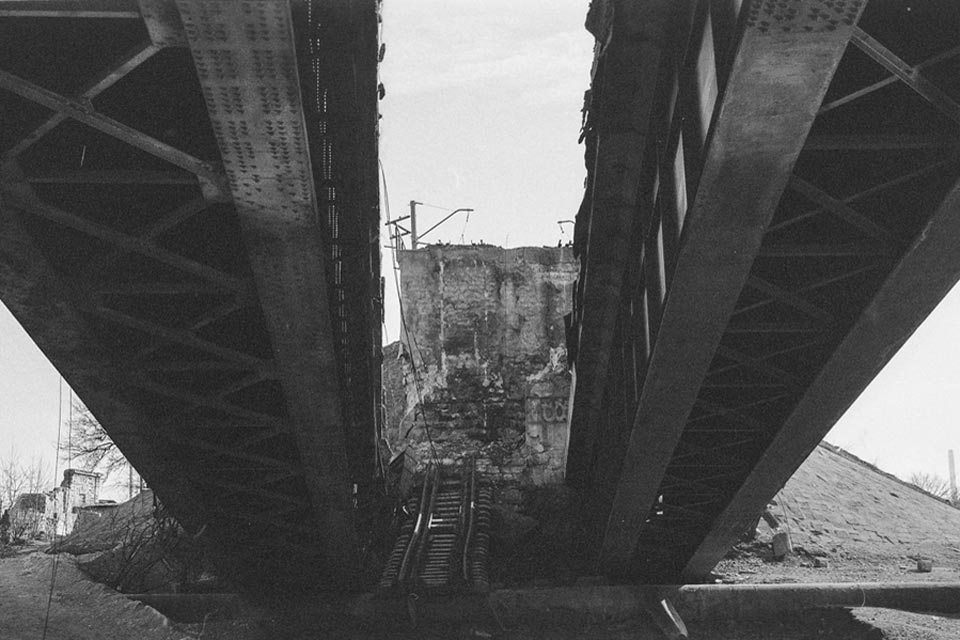
On Different Shores: The Bridges of Donbass in a Project by Sergey Polezhaka
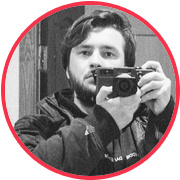
A burnt bridge is an idiom that is clear to everyone. Over the past year, I’ve realized that I’m interested in horizontal communication and the sociology of small groups. Bridges perfectly embody these social connections. For example, a conventional fighter from the 128th Mountain-Infantry Brigade can meet a conventional paratrooper from the 25th Dnepropetrovsk Brigade during the holidays and they will be brothers to each other because water can’t separate friends who have shed blood together. This is a reconstruction of the communication chain and the dream of Maidan, “East and West together.” On the other hand, how long has it been since you tried to contact your friends from Russia? Or from Donetsk? Here they are, these “burnt” bridges. I don’t know how long it will take to repair them or build new ones. This will not be done, apparently, by us.
This series is an attempt to move away from the traditional style of photo essays, in which you come, establish contacts with individuals, follow them and document. Five years ago at the World Press Photo contest, the winning photo series was a collection of still life’s of mutated apples and oranges grown near some Chinese factory. Christopher Morris shot cars in the US, Donald Weber took photos of Molotov cocktails. I was wondering if I could convey something without images of people in the context of current events.
As it turned out, blown-up bridges are spectacular, beautiful and horrible all at once. Even during the shooting I thought about the aesthetics of destruction in general. What, for example, motivates a small child who didn’t get to build his own sandcastle come and destroy someone else’s?
I think this is just the beginning. I’ll finish the series in places that are still not accessible.
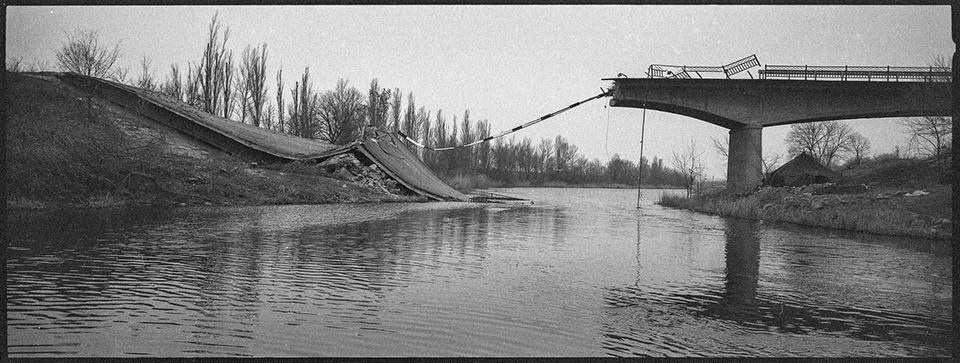
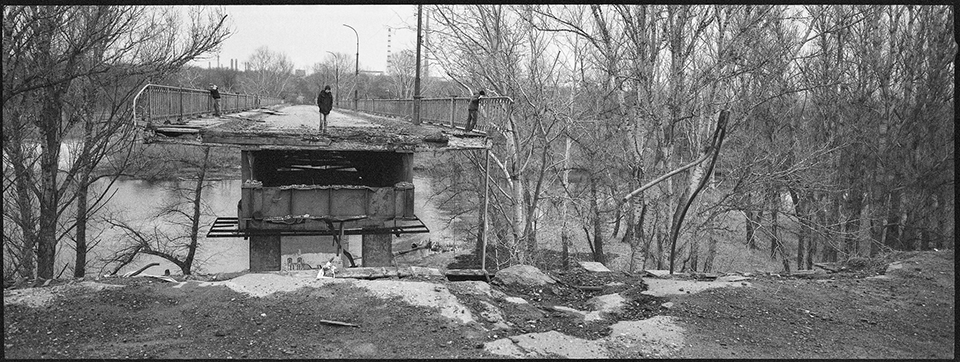
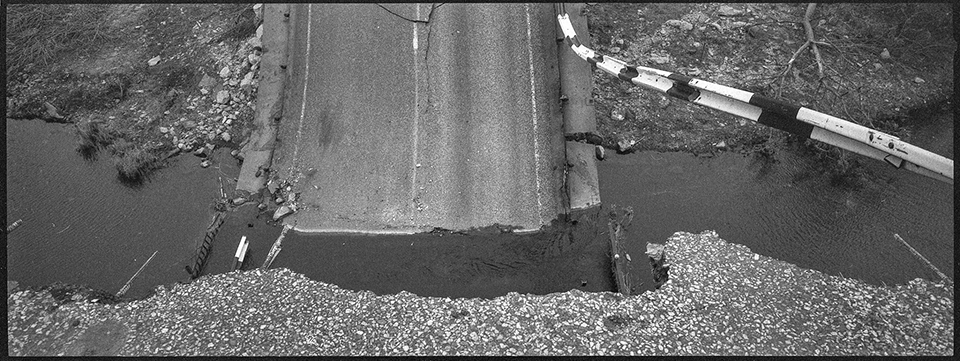
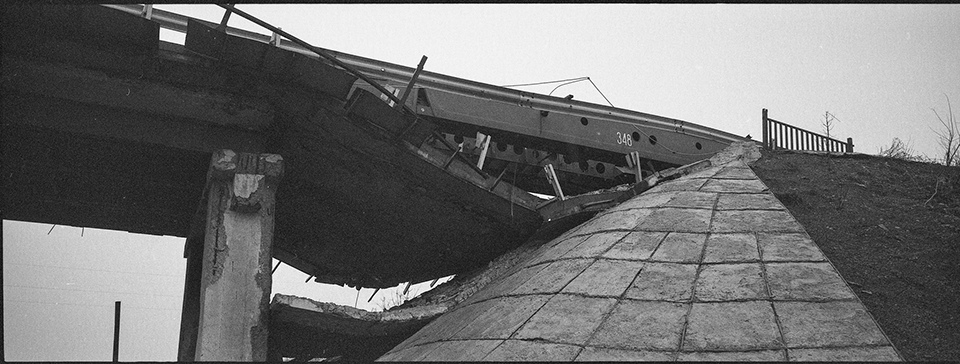
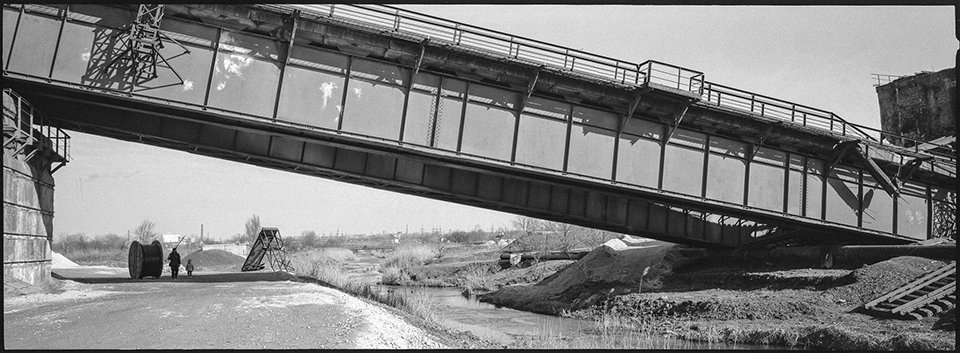
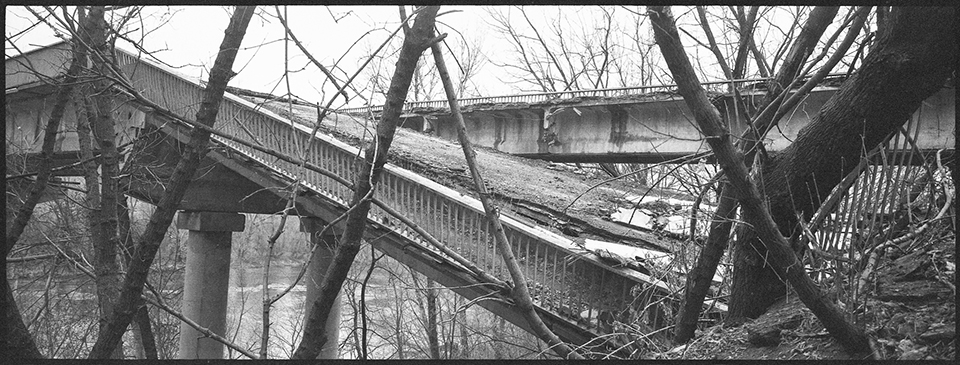
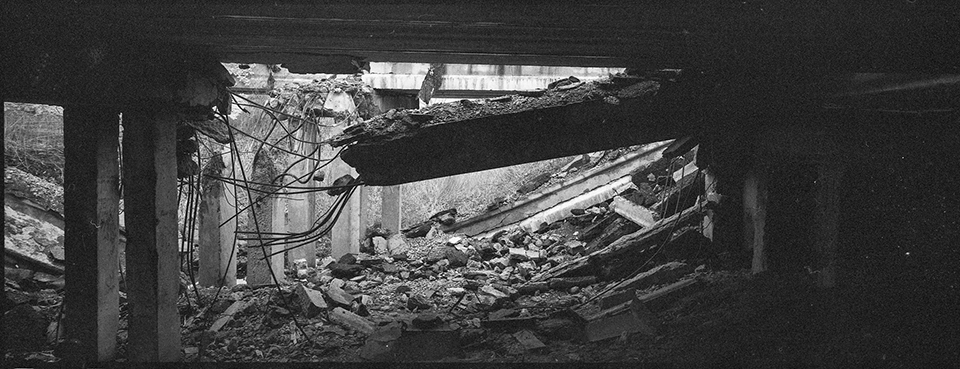
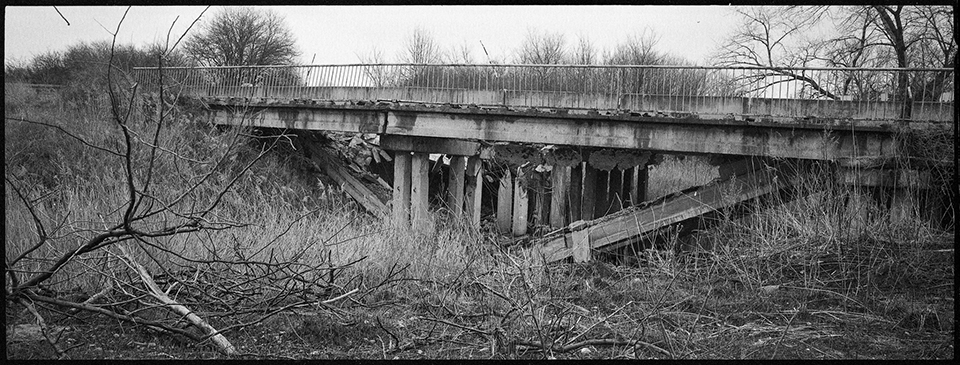
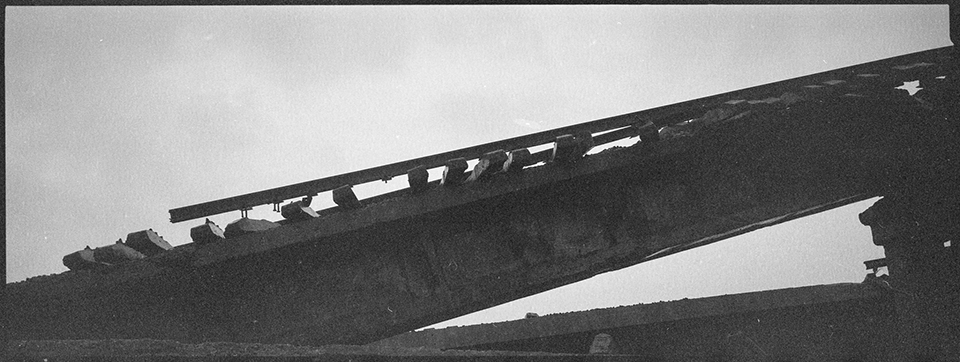
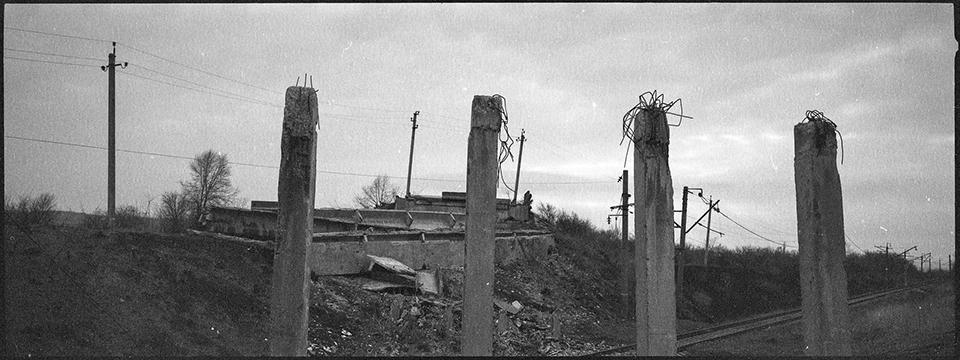
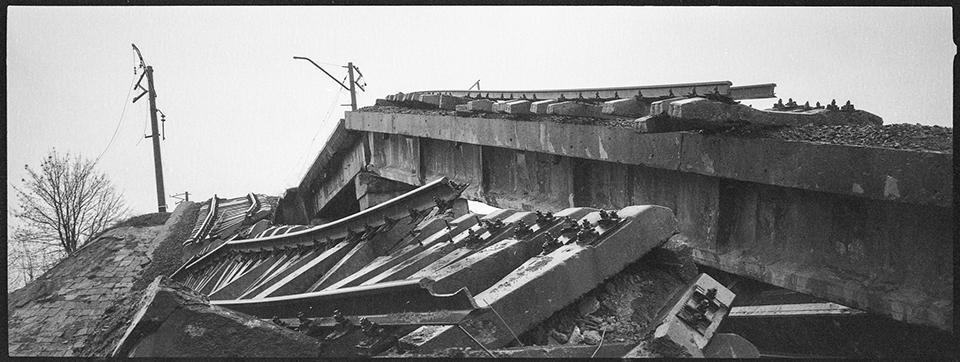
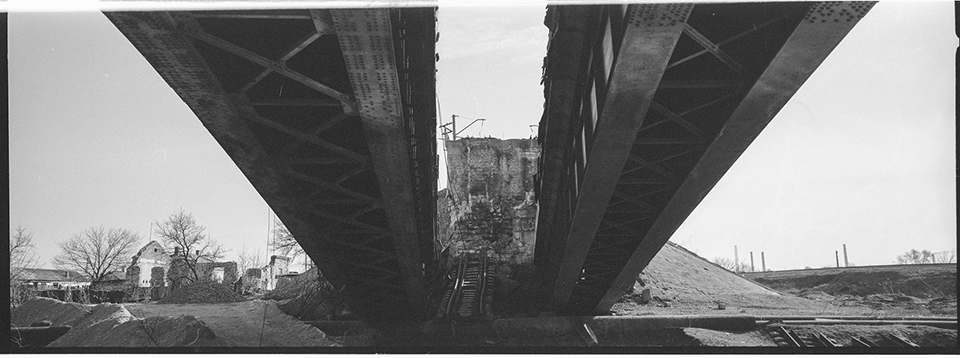
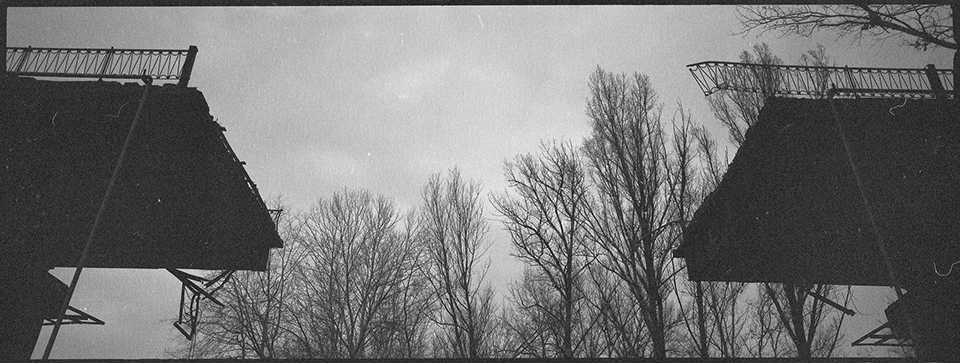
New and best




